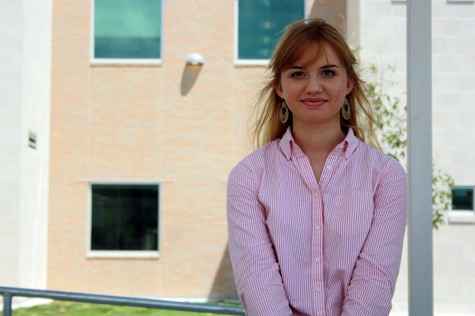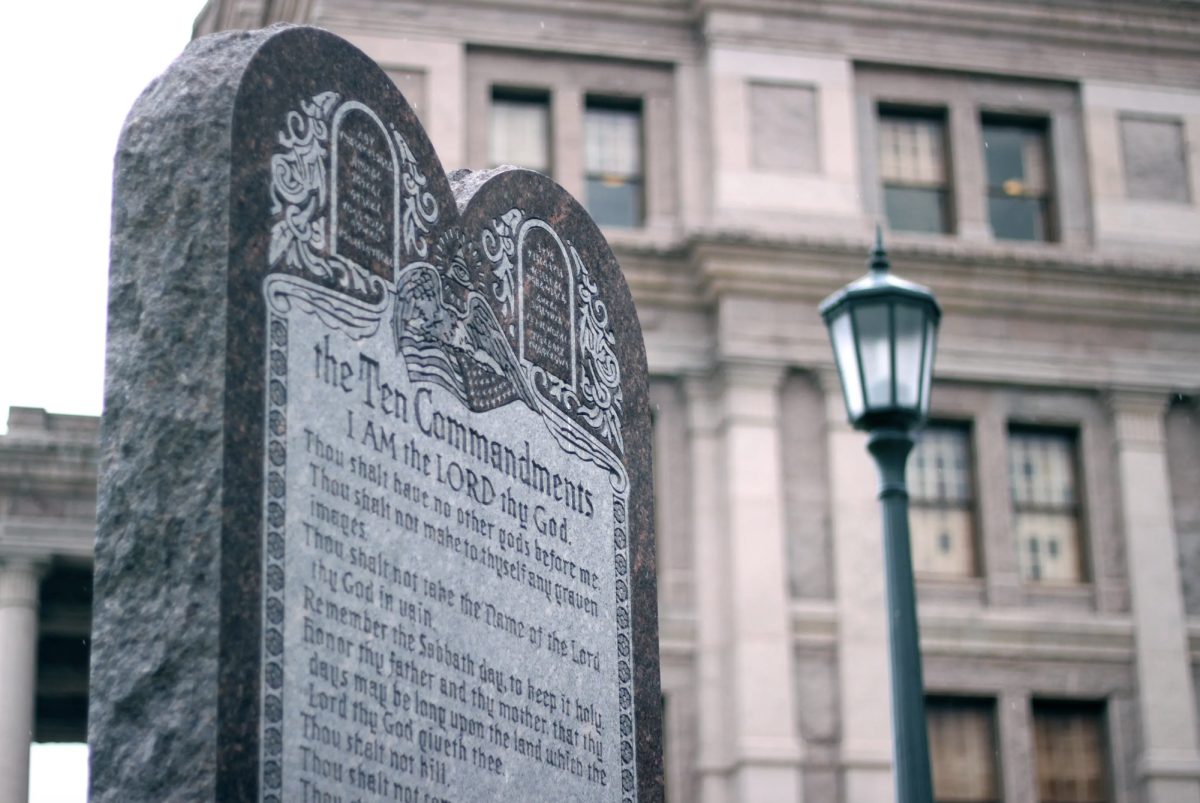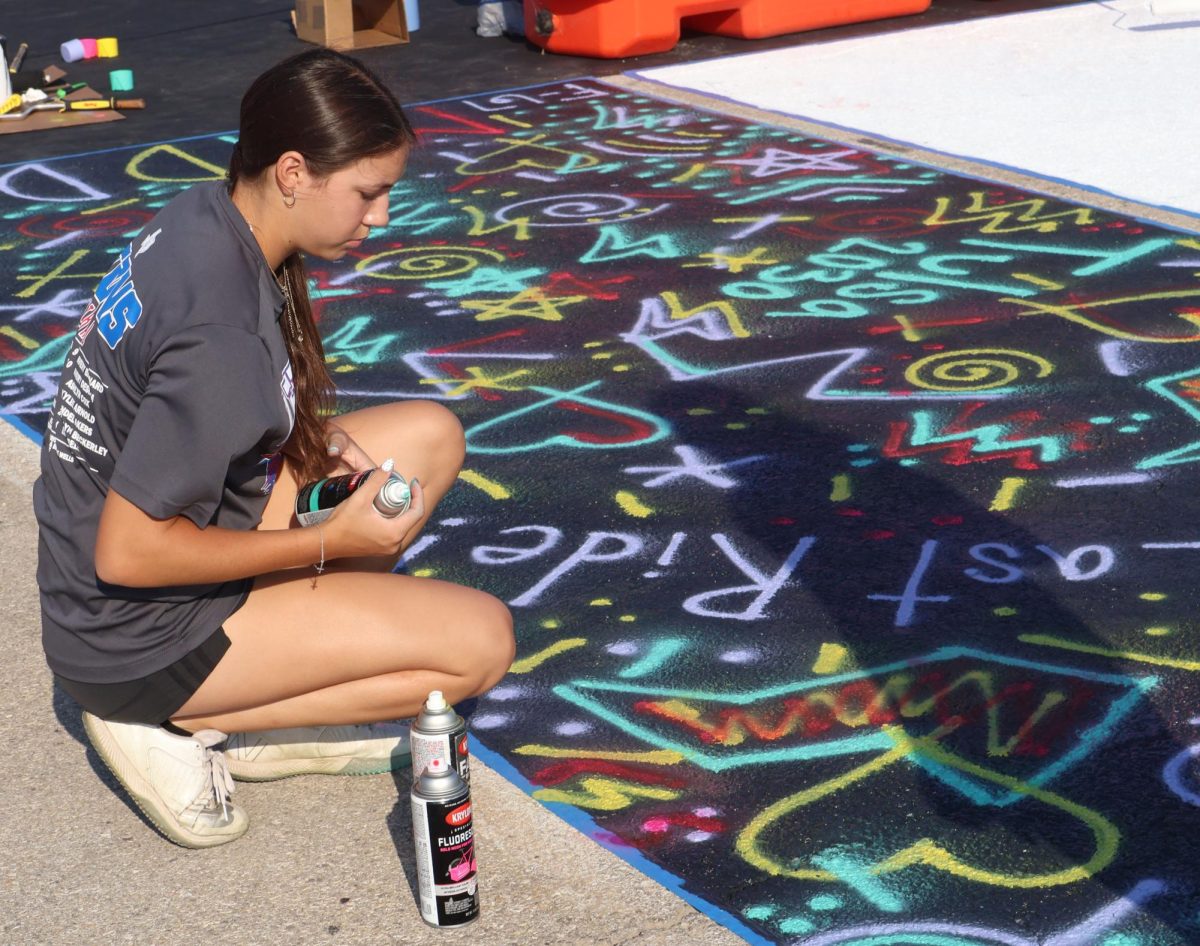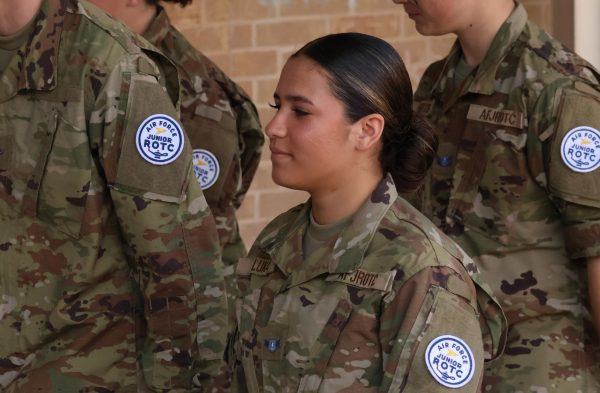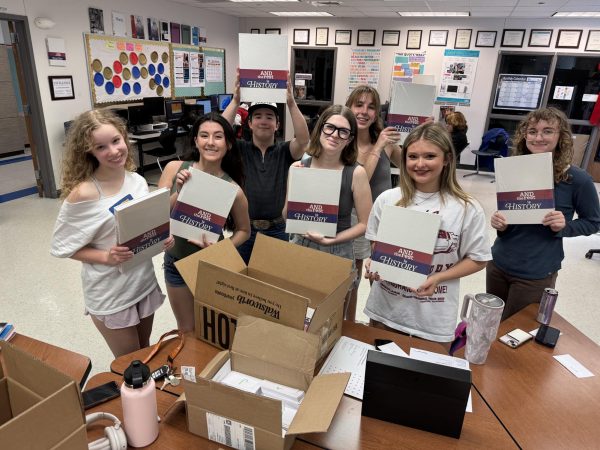Under the Biome
AP Environmental Science class creates self-sustaining EcoColumns
Seniors Griffin Mavis and Joseph Sanchez chose to purchase a Beta fish outside of class for their EcoColumn project.
December 11, 2014
After a few years of not participating, AP Environmental Science students are now taking part in building an EcoColumn for a class project.
“My classes have done this for several years, tweaking the way we approach it each time,” AP Environmental Science (APES) teacher Mary Scarborough said. “We stopped for a few years because of bad results, but this year we decided to change the directions and try again.”
An EcoColumn is designed to work as a miniature model of a life-size ecosystem, such as a pond or even a backyard. In order to build it, students had to assemble six two-liter soda bottles to use as the shell of their ecosystem that would block everything else out. From there, Mrs. Scarborough provided soil, plants, water (pond, distilled, and tap), sand, gravel, insects, and small fish for the students to put into their completed EcoColumn.
“One of the big ideas in APES is testing and learning factors necessary for an environment to survive,” Scarborough said. “It’s easier for students to take in the knowledge they’ve gained when they have to build it themselves.”
As a tweak in her directions, Mrs. Scarborough gave the students more freedom in deciding how they want their EcoColumn to be put together. Students had the freedom to choose what type of water, fish, plants, and bugs they want in their project, as well as the amount of soil and decomposition materials.
“Deciding for ourselves is interesting,” senior Dillon Hausum said. “It allows us to become more involved, and I honestly wouldn’t have preferred it any other way.”
The EcoColumns consist of three different chambers, that are all interconnected by bottle caps with punctured holes in them. The bottom layer is where the water and the fish are placed; the second layer consists of decomposition materials such as dead leaves and sticks; the top layer consists of soft soil, where most students choose to add their terrestrial plants.
“If our ecosystem fails, we’ll have to buy more soda bottles, a new fish, and start all over again,” Hausum said.
Over the next several weeks, students will take measurements once a week to measure the progress of their EcoColumn. They will measure things such as temperature and pH levels, as well as the amount of nitrates and phosphates that are present.
“I like this project, but it’s also kinda crazy,” senior Sasha Vargas said. “I’m a little skeptical as to whether this will actually work.”



